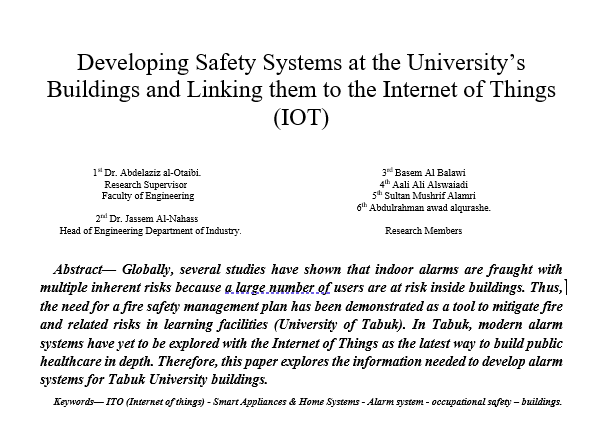
اثر استخدام الاسمدة الكيماوية على جودة التربة و المياه في قطاع غزة : محررات خان يونس كحالة دراسية pdf
ملخص الدراسة:
Agriculture is a main source to the economy of Palestine; it doesn’t only provide Palestinian people with food and jobs, but it also a source of self-sufficiency. In the few past years, Gaza Strip has been suffering from gradual decreasing of agricultural lands due to the extension of buildup areas horizontally, thus there was a serious need to search for alternative lands which are enable to be used for agricultural investment. The ministry of agriculture took an important decision to achieve the goal of agricultural self-sufficiency, but without taking into consideration the environmental components as a top priority. The ministry started the agricultural investment in some free settlements in Gaza strip since 2008. The proposed areas to be planted and the proposed crops were chosen randomly without any researches to study the expected potential adverse impacts of these agricultural projects on the environmental components. This research aimed to study the surface soil or (topsoil) for one of free settlement lands in Gaza Strip which used for agriculture, using physical, chemical and biological tests to identify the properties of the soil and groundwater. The experimental data was analyzed for group of plants and trees soil samples. In parallel the chemical fertilizers was analyzed and linked with the experimental results in the study area. In another hand the groundwater aquifer in the proposed region was tested physically and chemically by taking five water samples from water wells in the place. Sixteen soil samples were collected for eight types of plants and trees equally; two appropriate depths were chosen for each soil sample according to the root depth (15 and 30 cm for plants, and 30 and 60 cm for trees). The sixteen samples were tested in term of acidity, salinity, (N-P-K) nutrients concentrations, sieve analysis, water moisture, hydraulic conductivity, and organic content, whereas two types of used fertilizers were tested in term of (N-P-K) nutrients concentrations. In the other hand, represented groundwater samples taken from observation wells in the study area were tested in term of total dissolved solids (TDS), electric conductivity (EC), and (N-P-K) concentrations to be compared with the regulated groundwater standards. It is found that acidity degree for most soil samples tended to be basic; they ranged between (7-9), most of them have similar salinity for the two depths ranging between (130 – 340 µS/Cm) except the cucumber land soil which have higher salinity, the total concentrations of nitrogen ranged between (25 -85 mg/kg) or (0.0025-0.0085%) which is considered very low comparing with the essential nitrogen concentration in soil (1.5%), Potassium ranged between (30-85 mg/kg) or (0.003-0.0085%) which is considered very low comparing with the essential potassium concentration in soil (1%), and phosphorus ranged between (0-12 mg/kg) or (0-0.0012%) which is considered very low comparing with the essential phosphorus concentration in soil (0.2%). Sieve analysis showed that all soil samples have the same physical characteristics and thus one represented soil sample was tested in term of hydraulic conductivity and had a result of (7.7E-3 cm/sec), the water content ranged between (2 – 6%) for all samples, and finally the organic content was ranged between (0 – 0.74%) which considered very low. As a result of testing two fertilizers, it is found that the announced concentrations of (N-P-K) don’t match the real results, The real results are less than the announced concentrations, especially for the phosphorus concentration which had a real results about half of the announced concentration for both fertilizers. In the other hand, the groundwater testing results in five observation wells showed that the groundwater is tends to be basic, high salinity ranged between (550-3500 µS/Cm), and Total Dissolved Solids (TDS) results were ranged between (330-2300). Nitrate results which ranged between (65–160 ppm). Nitrate results ranged between (65-160 ppm), whereas Phosphorus and potassium results showed that all groundwater samples were met the standards and didn’t exceed them.
توثيق المرجعي (APA)
خصائص الدراسة
-
المؤلف
Abdou, Salahaldin M. Abu
-
سنة النشر
2015
-
الناشر:
الجامعة الإسلامية - غزة
-
المصدر:
المستودع الرقمي للجامعة الإسلامية بغزة
-
نوع المحتوى:
رسالة ماجستير
-
اللغة:
English
-
محكمة:
نعم
-
الدولة:
فلسطين
-
النص:
دراسة كاملة
-
نوع الملف:
pdf



